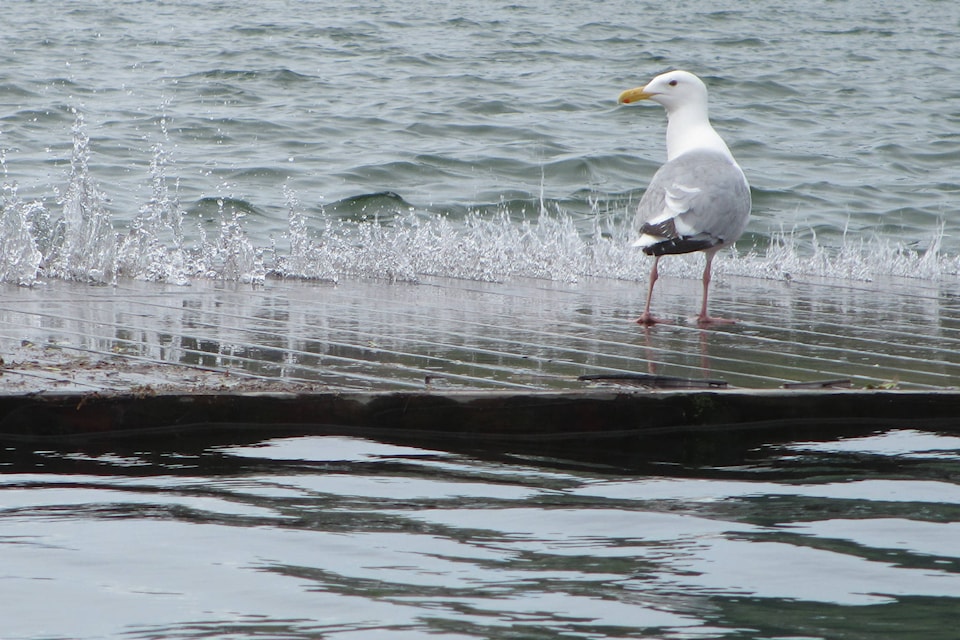Accommodations are limited but the Okanagan Indian Band is doing all it can to help residents displaced by flooding issues.
An evacuation order was issued on the weekend for residents of Jack Road, as well as the high road at Louis Estates Road.
Emergency Social Services volunteers are trying to meet the objective of short-term assistance for food, lodging and other necessities to anyone with proof of permanent address (photo ID) who have been displaced from their homes as a result of a natural disaster not covered by homeowners’ insurance.
“As of tomorrow morning (and for the next two weeks, at least), two ESS representatives will be in the OKIB Resiliency Centre along with Canadian Red Cross,” said the band Monday on its website.
OKIB is able to offer province-approved short-term lodging in small increments which will be reassessed often. ESS is able to offer billeting to those who qualify until noon on June 13.
“We know some families registered last week, and are currently being lodged in hotels in Vernon,” said the band, adding their stay has been extended for one week. The challenge is finding enough hotel space.
“We do have an opportunity to offer hotel lodging to those who have no other alternatives to stay local with family or friends. Group lodging may also be considered.”
Priority will be given to elders, families with young children and persons with health considerations.
The band also issued an evacuation alert for reserves #1 to #6. On Friday, the band put up a gabion wall along Lakeshore Road in Vernon to help mitigate flooding.
The Central Okanagan Emergency Operations Centre, in consultation with the Ministry of Forests, Lands and Natural Resource Operations, recommends that residents prepare for an Okanagan Lake level of 343.5 metres by mid-June.
Residents should also ensure protective measures include an additional buffer for wave action.
The ministry states: “With the ever decreasing snowpack at higher elevations, the rate of rise on Okanagan Lake is slowing down. However, the lake level continues to exceed historic highs, and levels could increase more sharply with a significant rain event. For that reason and for planning purposes, local governments and private property owners should work to protect their properties to a lake level rise of up to 343.5 metres.”
As of Sunday morning, the level of Okanagan Lake was 343.23m, one centimetre above Saturday morning’s level (as measured by Environment and Climate Change Canada).
Kalamalka Lake rose .2 centimetres to 392.455 metres in the same time frame.
This new planning level takes into account that 50 cent of the upper level snowpack has yet to melt.
The Emergency Operations Centre will be using the 343.5m level as a planning number for analyzing flood protection measures, assessing potentially vulnerable areas and making adjustments as needed.
Residents should ensure their flood protection measures can withstand the new predicted Okanagan Lake level, with an additional 60 cm buffer for wave action – up to 344.1 metres.
Residents and visitors are reminded to stay off flood protection measures, and should find wake-free options to enjoy the lakes. Respectful operation of watercraft is urged so that boat wakes do not cause further erosion or flooding of lakeshore properties. Boaters also need to be cautious about wood debris floating under the surface of the lake and submerged infrastructure.
